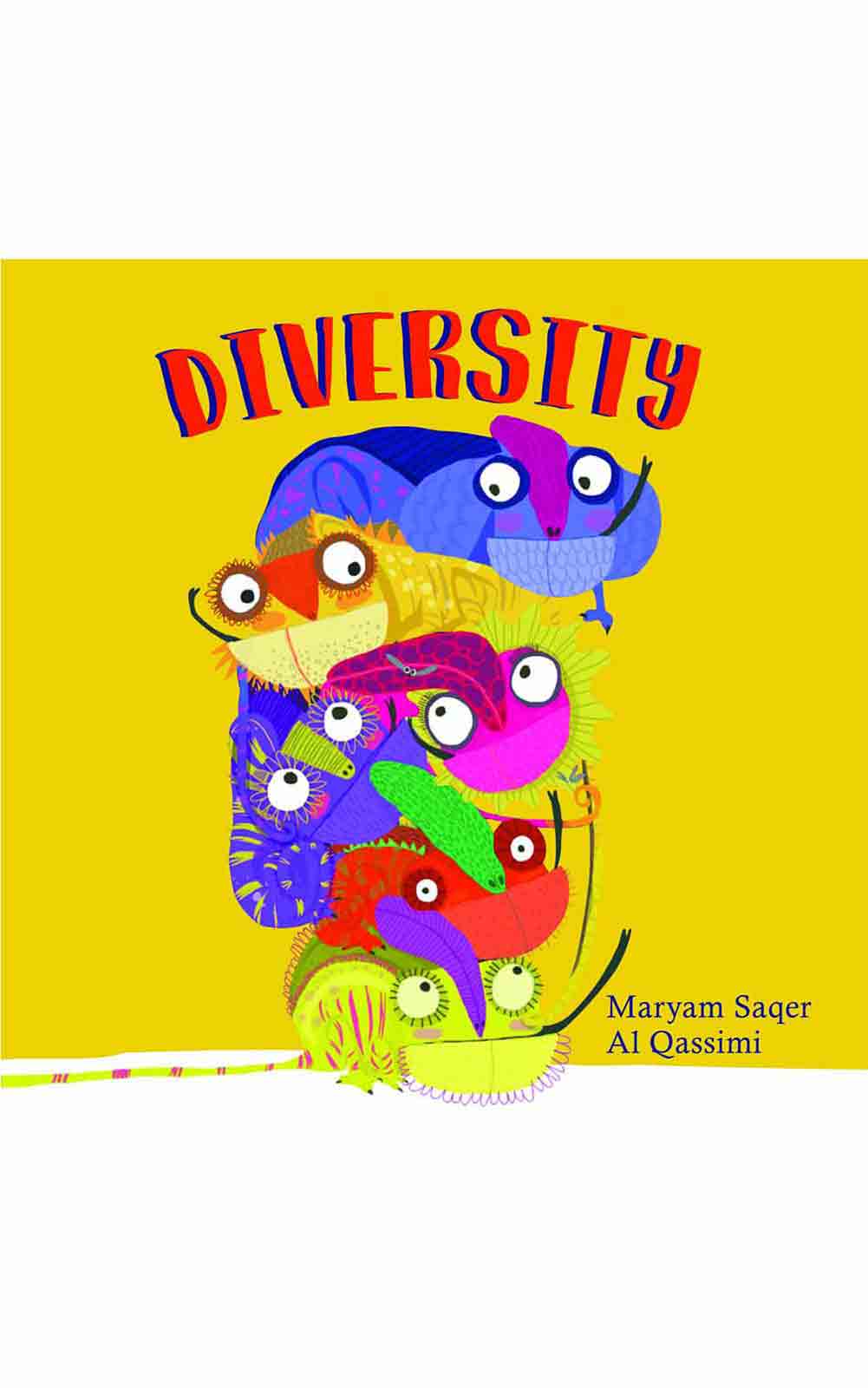Stuck with no ideas on how to begin on creating a brilliant design for your book cover? Let’s face it. Designing a catchy book cover can be a challenging task. Book cover designs require diligence and creative flair! It’s not just the plot, characters or writing quality that makes a book a success. Remember, books are often judged by the cover! A snazzy book cover will attract more readers, convey the theme of the book and seal the sales deal.
Essential Elements of a Book Cover
With book cover designs, various elementsplay a pivotal role in defining the aesthetics. Key elements of any book cover include imagery, colors, format, typography layout and fonts. The key is to put these together in a successful blend to design an eye-catching cover. When designing a book cover, you need to keep in mind dynamics like the title, subtitle, portraits, background images, graphics, summary, synopsis, author’s trivia, recommendations and many other relevant components depending upon the genre of the book. These will essentially work together in harmony for a brilliant graphical impact.
Visual elements for any book cover fall into three broad categories:
- Typography
This includes the background colour and the contrasting hues for all artwork included in the cover design.
- Graphics/Imagery
This is the collection of artwork that goes in your cover design, synching with the genre and overall layout.
- Colour
This includes the background colour and the contrasting hues for all artwork included in the cover design.
These three elements are organised in a ‘layout’ that defines the arrangement and scope of the elements. The layout works together with the ‘size’ and ‘format’ to display all elements in an aesthetically pleasing manner. The format determines whether a book is a ‘paperback’ or ‘hardback’. This plays a significant role in cover design as designers often create covers keeping the format in mind.
Two key pieces of information all covers need to convey is the ‘book title’ and the ‘author’s name’. The layout will define how these two informative pieces are scaled, positioned and combined on the cover..
Hacks to Use for a Striking Cover
A picture can say 1000 words. Every aspect of this famous saying is true when designing a book cover. You need to demonstrate to the reader what secrets the book holds inside.
A book cover is essentially the face of the book. Creating an eye-catching cover is certainly a daunting task. But, don’t fret as these handy tips below will help you design a fantastic piece meant for a poignant impact.
Know That a Book Cover Is Linked to the Genre
An appropriate book cover will sync well with the genre of the story. For example, if your book is a gripping thriller that will leave your readers shaking in their boots then ensure that your book cover represents the horror which will be revealed inside. Readers often have specific genre preferences and therefore use the cover to identify which genre the book is, highlighting the importance of this.
Have a look at some of the examples below.
– Horror
– Children’s
– Romance
Choose Appropriate Font & Colours
The book title and author name are one of the most important elements of the front cover, as this is what they will remember when recommending your book to their friends/family. Therefore ensuring you pick the correct font and colouring for these key elements is imperative to the success of your book.
The colours should complement the genre and the graphic/images you have selected on your cover. You want them to stand out but not stick out.
Ensuring the font is easy for your readers to read is as important as picking the graphics, after all you did not spend hours, weeks, month, or years writing a book for your readers to get your name wrong,
Think outside the box
Remember, you will be on a bookshelf with thousands of other books…you want your book to jump out at shoppers. Thinking outside the box is a great way to grab readers attention.
Conducting research is a great way to see what else is out there. Look other book genres in your genres, write a list of things you like and things you don’t. Can you think of something that hasn’t been done before?
Pay for Catchy Artwork
Avoid using the free graphics available from various sites online. It’s a good strategy to buy stock images and photography licenses that will add value to your book cover. Investing in the art will ensure you’re designing a fabulous cover that has the potential to turn heads and step up your book sales. Look for photos and artwork that will make your cover look more refined and professional. If you need to hire a professional designer or photographer and have your custom illustrations commissioned, then do so as it will enhance the aesthetics of the cover and this may be the difference of whether the reader picks up your book or the neighbouring one.
Make the Book Cover Elements Work Together
The three most important elements of a book cover are the background, image and type or texture. A cover’s background should blend in well with the artwork on it. However, it should have a striking contrast with the type or texture to accentuate the title. The image or artwork should be imagery that evokes the right kind of feelings and emotions. Usually, imagery is not required if the background and type blend well. For some genres, however, vivid images are essential for the right impact.
A title is the most significant element in the type or typography that should stand out and be readable and apt for the specific genre. In general, the three elements should work together to create the correct effect that clearly defines the essence of the book.
So, next time you’re designing a book cover, use these hacks above and design a winning cover that will inspire readers, entice them and boost your book sales too!
Submit us your manuscript today to fulfil your dream of becoming a published author.










